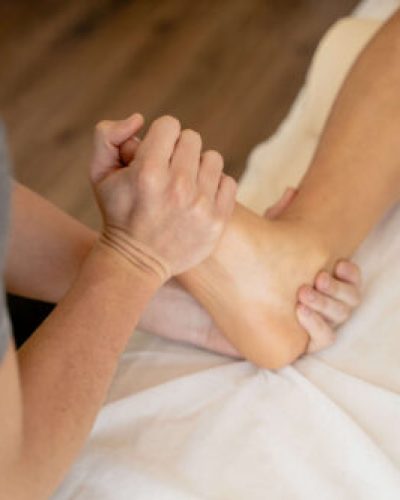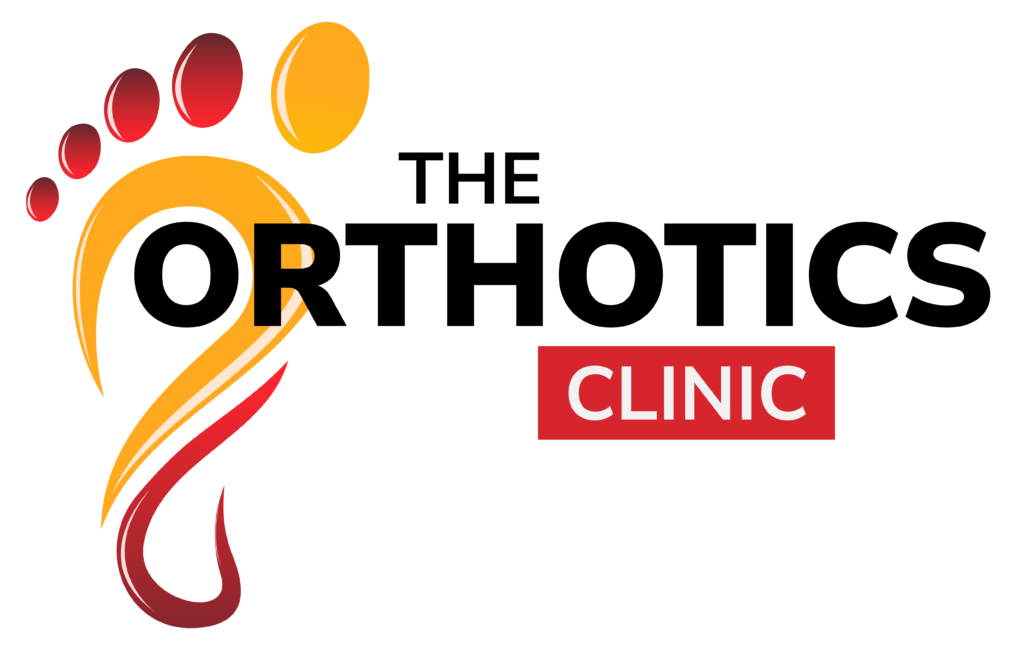What is Drop Foot?
Drop foot, also referred to as foot drop or dropped foot, is when the muscles responsible for holding the foot up become weak. This leads to difficulty in moving the foot and toes upward (known as dorsiflexion). As a result, the individual may experience dragging of the foot while walking and sometimes cause them to compensate by flexing the knee and hip up excessively in order to avoid tripping or stumbling during the swing phase of the gait cycle.

What causes Drop Foot?
Drop Foot can have many causes
- Trauma to the common peroneal nerve
- Stroke
- Multiple Sclerosis (MS)
- Polio
- Charcot Marie tooth (CMT)
- Nerve impingement in the back
- Guillain–Barré syndrome
- Cerebral palsy (CP)
- Muscular dystrophy
- Spinal cord injury
It’s important to remember that while drop foot is a neuromuscular disorder that affects the nerves and muscles, it is not actually a disease in itself, meaning it is a symptom of some other medical problem.
Signs and Symptoms
Other than the inability to lift the front part of the foot.
Other signs and symptoms of drop foot may include:
- Weakness or numbness in the leg or foot
- Difficulty walking or maintaining balance
- A tendency to trip or fall, especially when walking on uneven surfaces
- Muscle stiffness or spasms in the leg or foot
- Loss of sensation in the leg or foot
- Foot drop, where the foot makes an audible ‘slapping’ sound when hitting the ground when walking
- High-stepping gait, where the leg is lifted higher than normal to clear the foot when walking

Initial Consultation / Assessment
At the initial consultation/Assessment we will discuss the issues you are having and a full biomechanical assessment will be required. This includes assessing joint ranges of movement; joint stability; muscle strength; standing posture and alignment. We will fully explain our findings and then recommend an orthosis. At the Orthotics Clinic we work with you to ensure goals of treatment are in line with what is achievable and are dedicated to finding the most appropriate orthosis to meet your needs.

Orthotic Treatment
There are many orthotics on the market but at the Orthotics Clinic we understand how crucial choosing the right orthosis is and what works.
Some cases of drop foot may require a customised orthotic device that is tailored to the individual’s specific needs. These bespoke devices often involve the use of an ankle-foot orthosis (AFO), which comes in various types depending on the biomechanical requirements of the individual. Different materials, such as plastic and carbon fibre, offer different solutions. The primary goal of each design is to control the foot drop during the swing phase of the gait cycle and ensure that the foot makes initial contact with the ground through the heel. In addition, a custom made AFO can provide increased control and medial/lateral stability of the ankle and help ensure the lower leg is in an optimum position during the stance phase to promote as normal a gait pattern as possible, improving an individuals mobility and independence.
At The Orthotics Clinic our experience will help ensure we choose the most suitable orthotic device for your specific condition and to help you achieve the best possible outcome.
